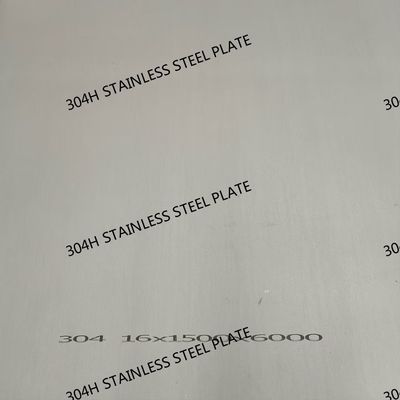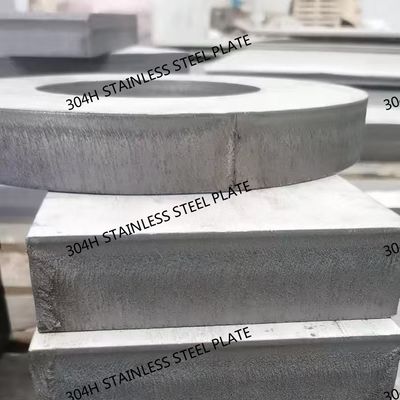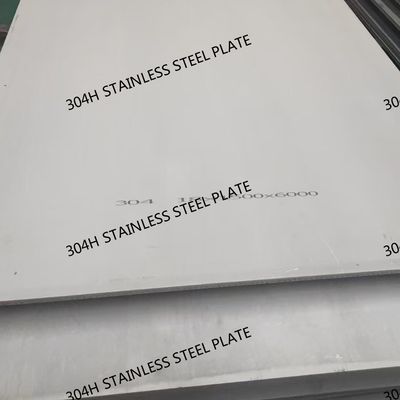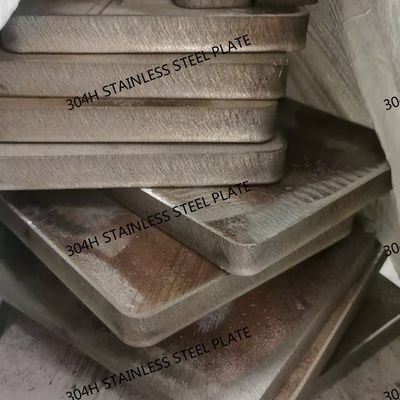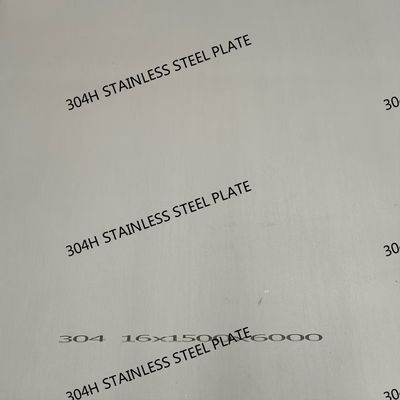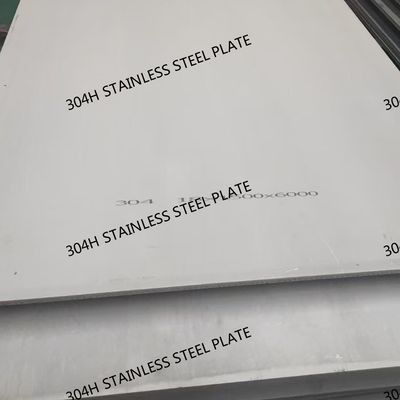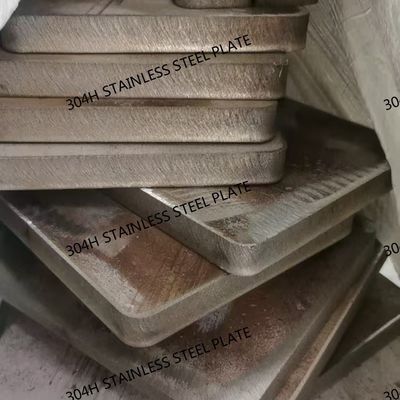All Products
-
 Raian IonescuMaterial quality very good. we have cooperate more than 10 Years. They trade lots kinds of steel material. All material quality good. They duty for all material quality. We are planing continue cooperate with them in the future
Raian IonescuMaterial quality very good. we have cooperate more than 10 Years. They trade lots kinds of steel material. All material quality good. They duty for all material quality. We are planing continue cooperate with them in the future
Industrial 304H Stainless Steel Plate High Chromium-Nickel Content ASME SA240 Custom Sizes
| Place of Origin | China |
|---|---|
| Brand Name | TISCO BAOSTEEL |
| Certification | ISO |
| Model Number | 304H / S30409 |
| Minimum Order Quantity | 500 kgs |
| Price | 1700- 2000 USD/Ton |
| Packaging Details | standard packing for export |
| Delivery Time | 5 - 12 days based on the quantity |
| Payment Terms | T/T, Western Union |
| Supply Ability | 20Ton per week |

Contact me for free samples and coupons.
Whatsapp:0086 18588475571
Wechat: 0086 18588475571
Skype: sales10@aixton.com
If you have any concern, we provide 24-hour online help.
xProduct Details
| Products | Stainless Steel Plate | Grade | 304H / S30409 |
|---|---|---|---|
| Thickness | 3.0 - 80.0mm | Width | 1500mm 1800mm 2000mm |
| Surface | NO.1 | Brand | BAOSTEEL TISCO |
| Standard | ASTM A240/240M | Loading Port | Shanghai Port |
| Highlight | 304H Stainless Steel Plate,ASME SA240 Stainless Steel Plate |
||
Product Description
Heat-Resistant 304H SS Plate For Furnace Components & Pressure Vessels Annealed & Pickled Surface
Products Specification
| Products Name | 304H Stainless Steel Plate |
| Main Grades | Stainless Steel J1, J2, J4, 201, 202, 301, 304, 304H, 304L, 309, 309S, 310, 310S, 316, 316L, 316TI, 321, 321H, 347, 409, 410, 410S, 420, 430, 441, 904L,630,631,254SMO,253MA,2205,2507.etc |
| Thickness | 3.0 - 80.0mm |
| Width | 1250mm,1500mm ,1800mm,2000mm, or custom other size as request |
| Length | 2000mm, 2440mm, 3000mm, 5800mm, 6000mm, AS PER CUSTOMER’S REQUIREMENT |
| Type of Material | Laser Cutting |
| Form | Plate / coil |
| Test Certificate | Yes. |
| Finish | NO.1, 2B, 2D, 2H, 2R, No.4, HAIRLINE, SCOTCH BRITE, SATIN FINISH, NO.8, BA. |
| Brand | TISCO, LISCO,BAOSTEEL , POSCO, JISCO |
Introduction
Key Parameters
Product Types
Key Characteristics
Applications
Comparison with 304 and 316 Stainless Steels
Maintenance and Considerations
![]()
![]()
![]()
![]()
Recommended Products



